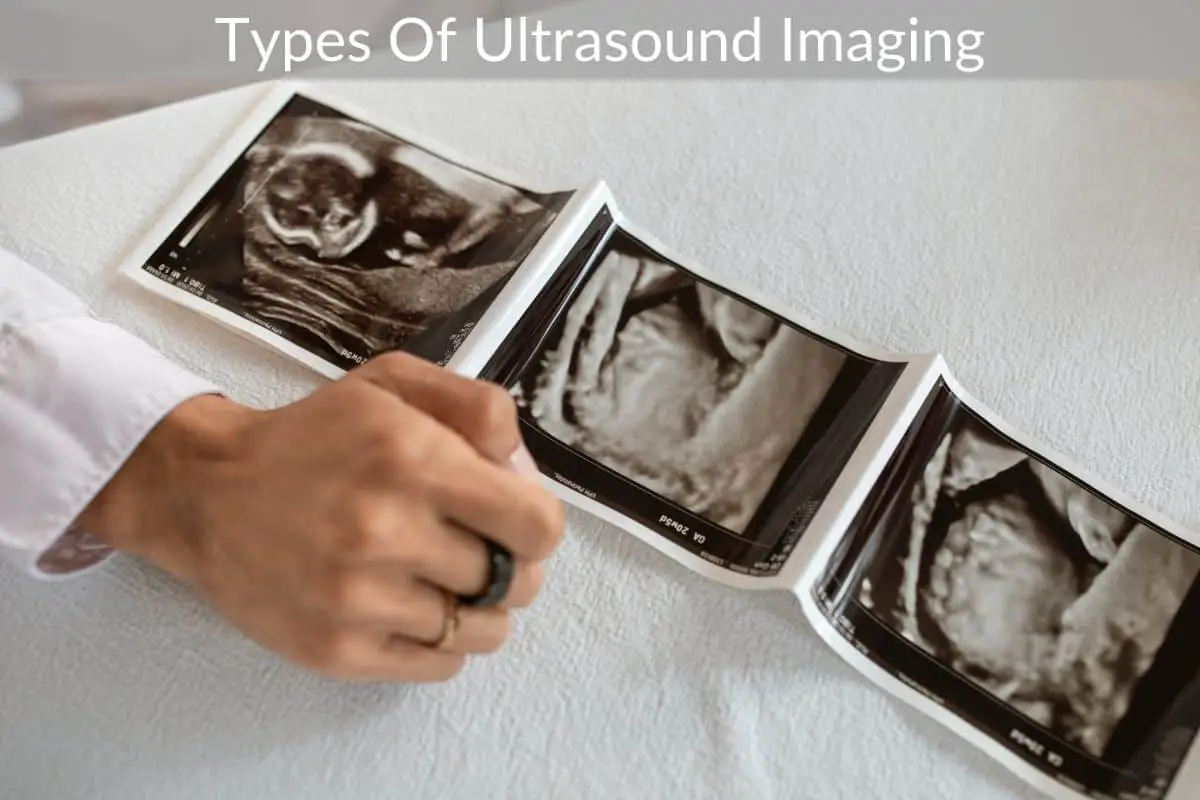Table of Contents
*This post may contain affiliate links. As an Amazon Associate we earn from qualifying purchases.
Pelvic
Pelvic ultrasounds are the type most often associated with pregnancy. These ultrasounds allow health professionals to not only check the progress of a fetus, but can also monitor the uterus and ovaries. When used in this manner, the term obstetric ultrasound is often used. However, pelvic ultrasounds can also be used on men, typically looking for abnormalities of the bladder or prostate, such as stones or tumors. Outside of pregnancy, pelvic ultrasounds can look for polyps, fibroids, lesions or cancer in women as well.
 Abdominal
Abdominal
Abdominal ultrasounds focus more on internal organs, such as the liver, kidneys, gall bladder, spleen and pancreas. Abdominal images are also used to monitor blood flow through major blood vessels in the abdomen. Each image allows medical professionals to look for abnormalities of internal organs such as enlargement, gall bladder stones or kidney stones. In blood vessels, abdominal ultrasounds show blood clots as well as the build up of plaque in the blood vessels. Abdominal ultrasounds also play an important role in cancer diagnosis as they help locate tumors, as well as can show the spread of cancer in the abdomen. If cancer is suspected, abdominal ultrasounds play an integral role as a guiding tool for biopsy procedures. In this procedure the ultrasound image is used to help navigate the needle internally to collect a cell sample.
Transvaginal/Transrectal
Ultrasound of the vagina and rectum are performed by placing a protective cover over the transducer. Transvaginal ultrasounds allow for different image angles of the uterus and ovaries to look for abnormalities. Transrectal ultrasounds allow for various angles of the prostate that may not be seen in a pelvic ultrasound.
Carotid/Aorta
Carotid and Aorta ultrasounds provide an image of major blood vessels in the body. Carotid ultrasounds look directly for abnormalities of the carotid artery in the neck. The carotid is the primary source of blood for the brain, so a blockage in this artery will often result in a mini stroke or even a severe stroke depending on the size of the block. Aorta ultrasounds look for abnormalities of the aorta, such as an enlargement or aneurysm, typically caused from atherosclerosis.
One of the greatest benefits of an ultrasound is that it provides quick results while being largely non-invasive. So whether used as a diagnostic tool, for pregnancies or for other procedures, ultrasounds have contributed a great deal to both the advancement of medicine and patient care.

